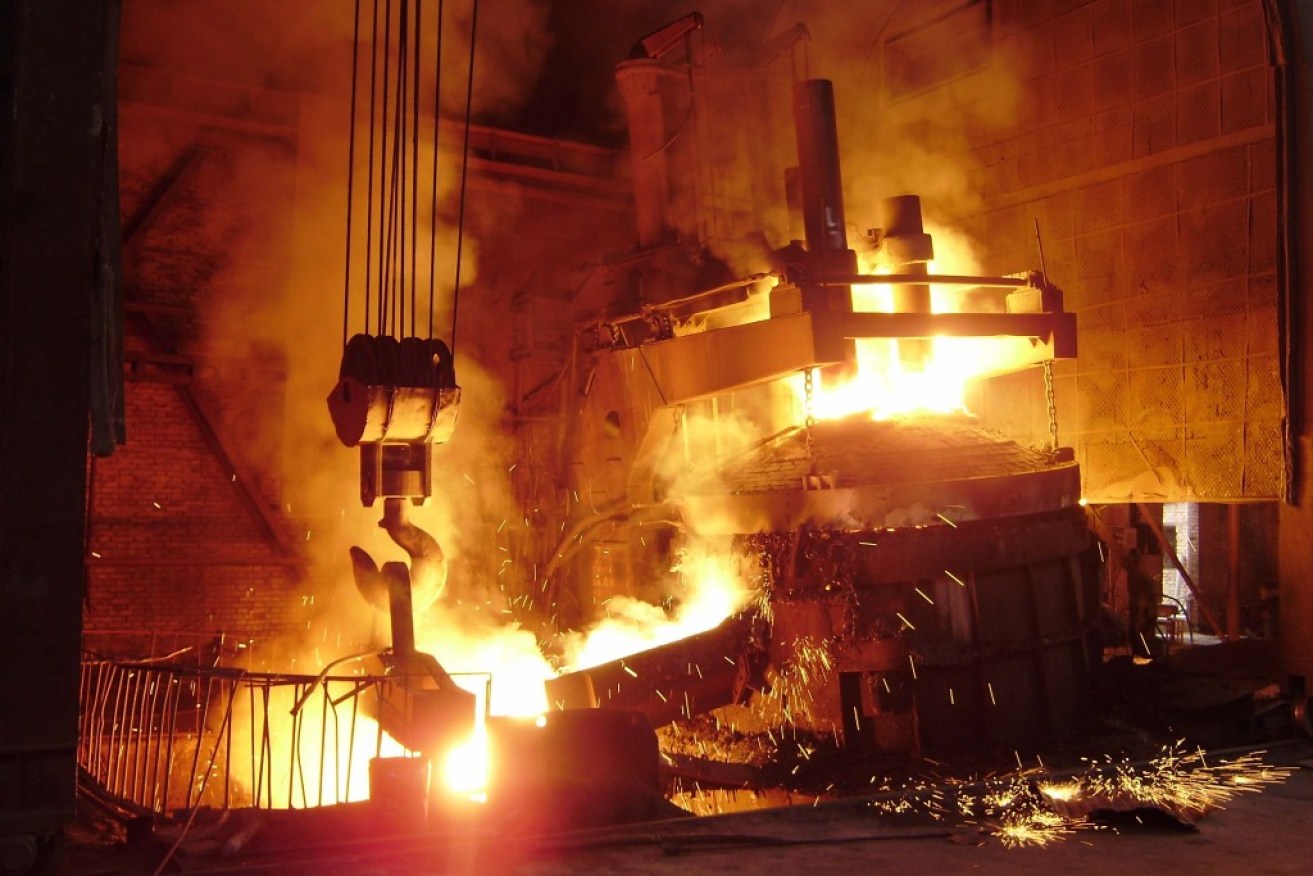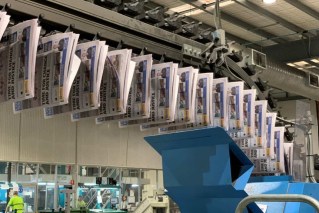China’s carbon cutback plans already impacting resources sector: ANZ
Decarbonising the world is seen as its only hope but it means one thing for Queensland’s resources sector: change.


An electric arc furnace used in steel production
There is a public and investor demand for that change. Before COVID-19 came along there were estimates that climate issues led to protests in 185 countries in 2019.
And the University of Sydney released a report today saying that if no new fossil fuel developments were approved anywhere in the world, carbon emissions from existing projects would still push the globe above the 1.5 degree threshold.
But a rapid deployment of renewables may be the saviour.
As part of its attempts to decarbonise, the Queensland Government has already pledged $2 billion for hydrogen and renewables in tomorrow’s Budget which is likely to create massive opportunities, not just in the creation of the gas but also in the renewables needed to create it.
Sumitomo, IHI and Sun Metals are all early movers in the hydrogen space in Queensland. BHP is already looking for renewables to power its coal mines in Queensland.
As our biggest trading partner, China, sets goals for decarbonising its economy, the ANZ Bank said there was already resulting in a boom for LNG.
“China is also increasing its efforts to limit the impact of heavy industry on the environment. Steel and aluminium are two of the sectors that have been targeted with recent curbs on output,’’ ANZ said in a report.
“Global steel and aluminium markets (ex-China) could tighten, pushing prices higher. However, increased use of scrap could weigh on certain raw materials.
“The rising cost of this energy transition could also further raise inflation concerns and heighten fears of tightening monetary conditions. Commodities are likely set for a bumpy ride.
Deloitte said mining and metals organisations were coming under public pressure early to reduce greenhouse emissions as part of preserving a social license to operate.
“Consequently, some are already working toward electrifying their operations and are collaborating with industry associations and other groups to develop innovative solutions for decarbonizing energy-intensive processes, such as smelting and calcining.
“New technologies make it possible to use CO2 as a feedstock for chemicals and plastics. Waste-to-hydrogen plants are being built.
“Renewable electricity is rapidly descending the cost curve. This suggests the energy and resources industry is on the cusp of a paradigm shift that could transform waste from a problem to a solution.
“Instead of pondering how to dispose of CO2 and other waste, many companies may by 2030 view everything they produce, including emissions, by-products and end-products, as a resource that can be traded to create economic value. New partnerships and markets are likely to form.
“Substances long emitted or discarded as costly nuisances can become products that companies want to buy. And a new, cleaner, more circular economy can emerge.”
The ANZ said that developed economies could take an average of 50 to 60 years to achieve carbon neutrality after they reached peak CO2 emissions, but there were immediate effects as places like China start a massive reorganisation.
“China will likely reduce its overall energy imports by 95 per cent in 30 years,’’ the bank said.
“Over the long run, our estimate suggests that China needs to increase its use of non-fossil energy to 80 per cent of its total energy consumption and reduce its coal reliance for power generation to below 5 per cent, in order to reach the target of carbon neutrality by 2060.
“This is already playing out in demand for LNG. Imports are up 24.5% in the first five months of the year amid tighter coal stocks.
“Steel and aluminium are two sectors that authorities have been targeted in their efforts to limit the environmental impact of heavy industry.’’
Although China has a ban on Australian coking and thermal coal, ANZ said China’s tight domestic supply was likely to pave the way for import restrictions on coking coal, used in steel production, to ease.
“The steel sector has been on the radar as it singularly accounts for nearly 46 per cent of total industrial emissions and 13 per cent of total carbon emissions.
“This could ultimately reduce the amount of steel China produces, with steel mills only required to feed the domestic market. China exported around 60mt of steel in 2019.’’
“The impact on commodity markets is unlikely to be uniform. Global steel and aluminium markets (excluding China) could tighten if exports are restricted, pushing prices up. However, increased use of scrap could weigh on certain raw materials, such as iron ore.
“Demand for natural gas should remain well supported, as China restricts domestic coal production and makes use of gas’s lower emissions. However, coal demand is likely to remain under pressure.”












